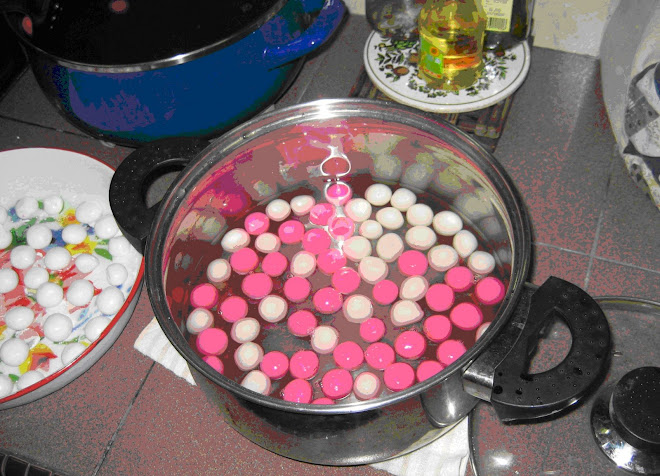To own land means having accountability and a set of
responsibilities. This is what I am discovering as a first-time owner of a
parcel of land. To have land that contains a heritage conservation on its trees
carries even more responsibility. The foreshore of the length of the
D’Entrecasteaux Channel is home to the swift parrots, Tasmania ’s
endangered birds. These birds’ natural habitat is in the blue gums that are
found on our parcel of land. Environmentalists talk of conservation corridors
and community of natives – for me, the combination of towering blue gums,
silver peppermint gums and stringybarks make for beautiful features of the land
and make up a distinct part of Southern Tasmania ’s
landscape.
For the record, I am not an avid environmentalist nor am I
an eco-warrior. My reaction to the decision to fell some of the very
established native trees on our land was one of horror. I even feel sad that
the dead, but strangely beautiful wattle tree that frames the cottage garden has
to go. In order to make our land working and ‘productive’ for us fruit trees,
garden beds, berry vines and nut groves need enough sun and they need proper
nourishment from the earth. Dams need reinforcing and revitalizing, and chooks
need a pen in which to return home from running around foraging. Sometimes to
eke out a sustainable living lifestyle demands certain sacrifices – that, I
have come to realise. It has taken months to accept that the huge pine trees by
the dam have to go (they are sucking the dam dry and making the soil very
acidic and unusable); the very established and beautiful blue gums that shade a
lot of the property are in paths of future fruit trees and berry vines; the
majestic silver peppermints and stringybarks also are in the way of edible
species being planted. So they have to go. The local Council said yes to
our request of removal of some trees but with the compromise of an offset
planting of more blue gums. So the offset deal is four blue gums for every
established felled tree.
As the men outside hack away at my trees with much
gusto, the whirr-whirr of chainsaws remind me of the shrill drilling of
dentists – only these guys are uprooting perfectly good trees. I hide in my
office and am unable to go outside to see the destruction as it is happening. I
hear the distinct cracks of wood, and the first sickening giant thud – and then a second. And there's more to come. I feel a bit sick in
the gut. Old country hands might call me a softy but my heart died a little
today as the trees came down. Never did I think I would ever feel this way
about trees and the bond I feel towards them on my land. Perhaps the birds will
forgive us a little and the possums will move on. There is another conservation
corridor on the other side of the property which I hope will flourish as time
moves on. For now, I only hope we do the land justice by enriching its soil and
planting lovely things. The neglected water course overgrown by blackberries is
being rejunevated slowly by hand and I hope we can create a proper rock/creek
bed that will attract many species of wildlife to compensate for the loss of
trees and restore balance in the native-introduced environmental/agricultural
framework.
(a mighty stringbark in all its glory)
(a silver peppermint)






























